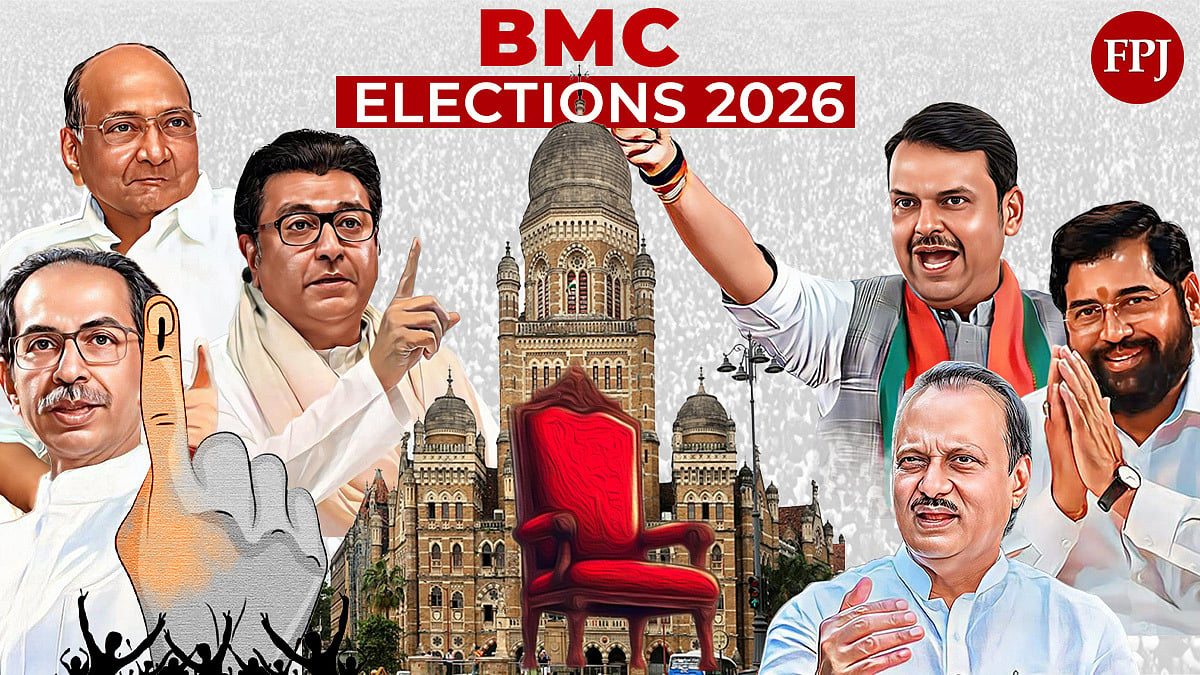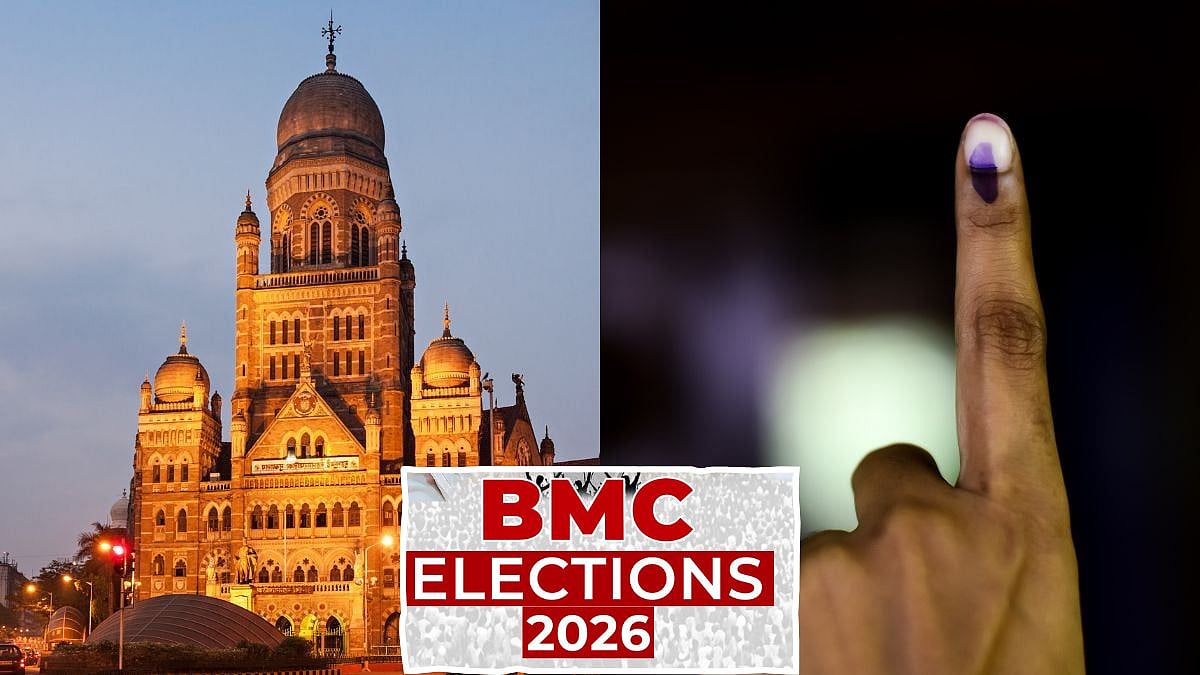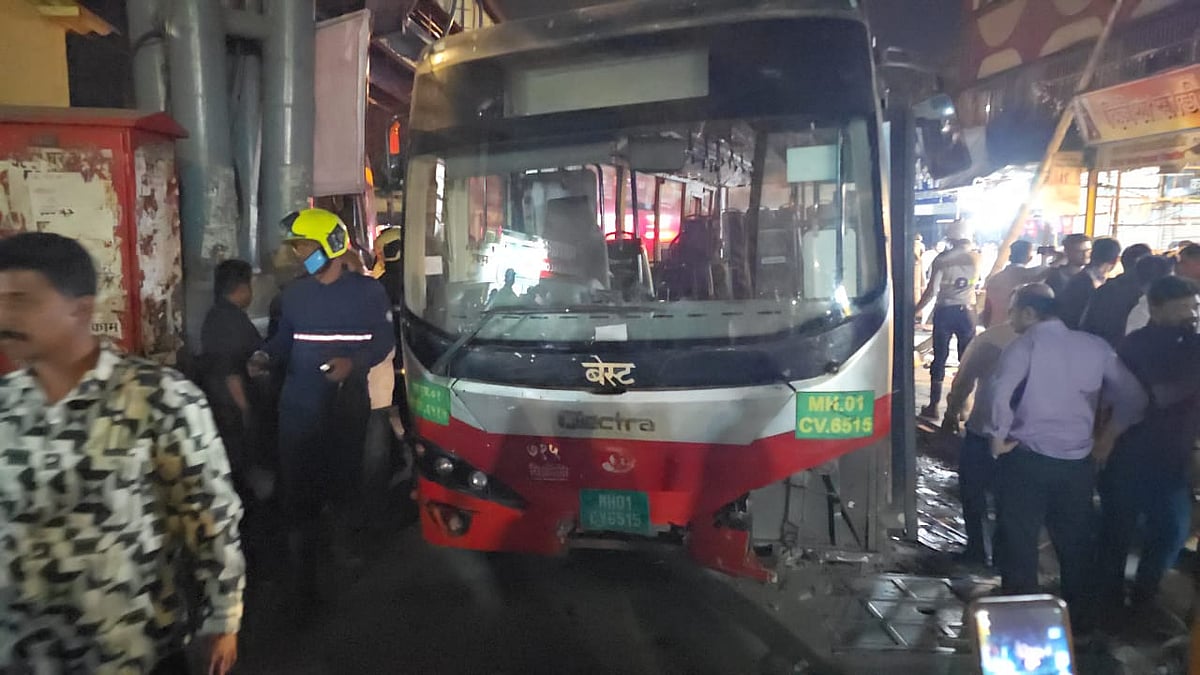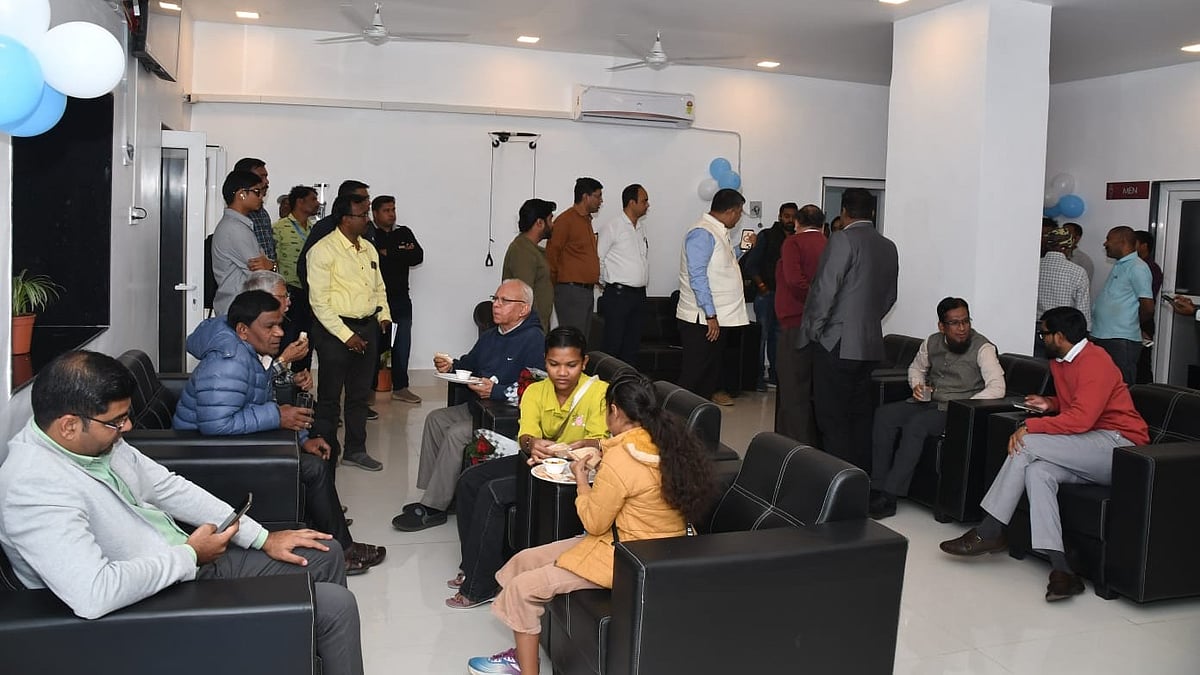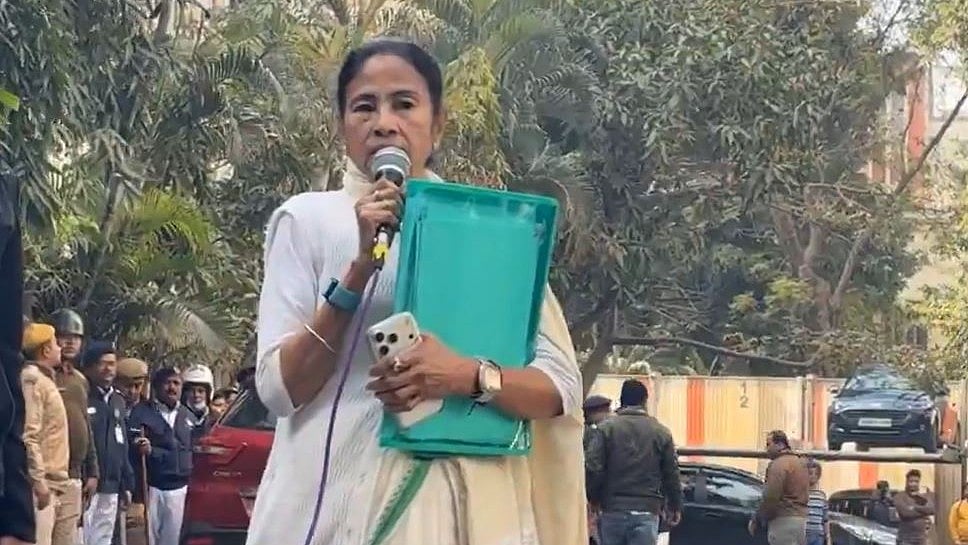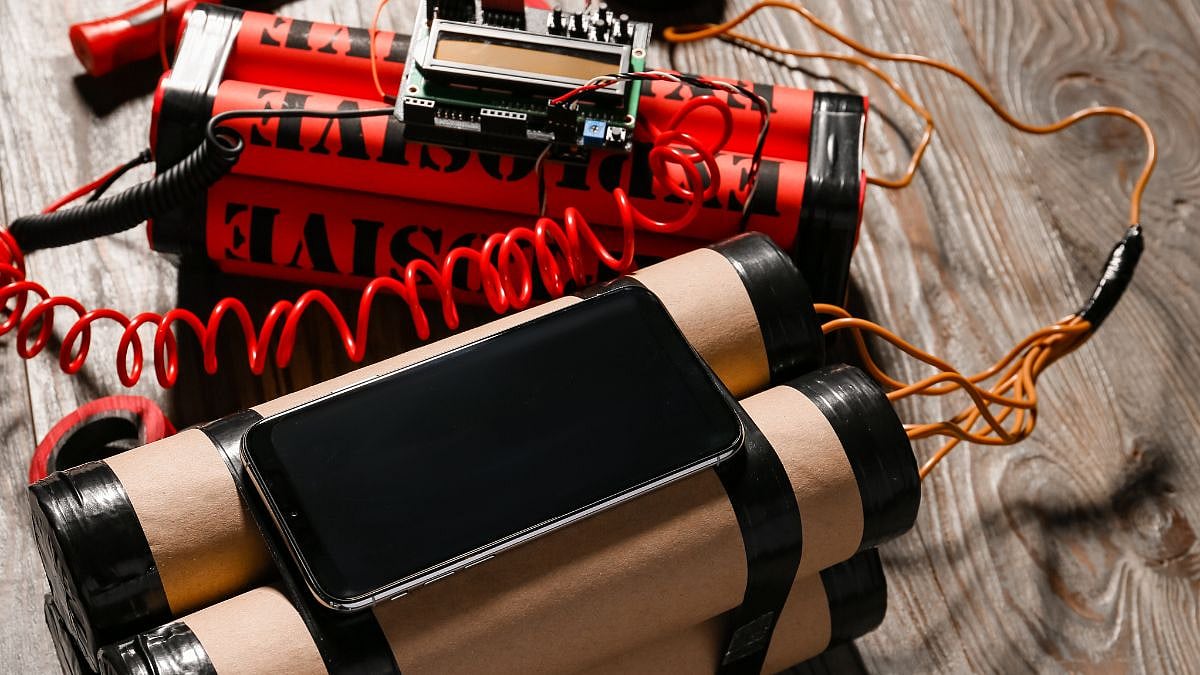The gruesome riots that happened in Delhi over the week transported me to childhood memories of the 1992 riots. The riots happened in two installments after the Babri mosque was demolished on 6th December 1992.
The first installment was a spontaneous outburst in December and it lasted for around 4-5 days. However, the police was successful in cracking it down and the city managed to get it’s composure right.However, there was another spurt of riots in January which lasted for long and in the end 900 people lost their lives in the violence that ensued. In the month of March, Mumbai also witnessed serial blasts following which the violence in the city came to a complete standstill.
Nearly three decades after the riots that shook the conscience of the city, Mumbai has learnt it’s lessons. It hasn’t witnessed a single riot of the scale after that.
Even following the Gujarat riots, Mumbai didn’t react at all. The capital found it difficult to control the violence for three long days despite having a big law enforcement machinery at it’s disposal. However, Mumbai remained peaceful this time around as well.
What is the big lesson that Mumbai learnt from it’s riots that other cities in the country need to emulate? How politics and will of the people can work together in tandem to keep a city riot free? Mumbai has some lessons for all.

It is notable that the riots of 1993 literally broke the economic backbone of the city. Mistrust, suspicion, apprehension and a sense of worthlessness engulfed the city. However, people witness to those times say that the city has a great capability to heal itself.
The violence of this scale is never instant and cannot happen without the support of police and political machinery. This is precisely what the Justice Srikrishna Commission report (which was rejected by the Shiv Sena government that came to power in 1995) has concluded in it’s finding. The report had elaborated on how police openly connived with rioters to help them in their evil designs.
It has many instances in the report which stated as to how the police control room ignored many pleas of help and sat on information about outbreak of communal skirmishes in localities.
Large scale migrations from Mumbai followed after the riots. Ghettoization of the minority community increased in the city. The Hindus and Muslims in the city in the day to day retail and wholesale businesses had peculiar symbiotic relationship.
For the innumerable wada pao carts in the city the bread was sourced from bakeries whose owners were largely from the minority community. The hardware business was shared jointly between the mercantile Bohri Muslims and the Hindu Marwari community. Large scale investment in the city also plummeted and real estate was also impacted.
When this realization dawned whatever be the trigger the city developed a self discipline of not indulging in violence. On a community level Mohalla committees were formed across the cities who had elders from both the warring communities who would resolve small bickering conflicts and ensure that they didn’t break into a large scale conflict anywhere in the city.
Among the political elite something happened that changed the city for good. In 1995 the ShivSena-BJP combine came to power. They rejected the scathing findings of the Sir Krishna report. However, now as incumbent ruling party it was the combine’s responsibility to keep the city safe.
Although for political ends the Shiv Sena continues to call itself a Hindutva party it has long realized the long term futility of communal violence. Chief Minister Uddhav Thackeray and his son Aaditya Thackeray both legatees and political heirs to Shiv Sena have consciously reigned in their cadre and ensured that their party did a course correction from it’s previous track record of communal strife.
A state intelligence officer privy to the 1992 riots explained as to how the Mumbai also underwent transformation in the post nineties era. Mumbai derived a large number of it’s foot soldiers and it’s constabulary from the coastal Konkan area during the early nineties.
The Konkan and the Mumbai area were the traditional strongholds of the Shiv Sena and almost deified Sena Supremo Bal Thackeray during those charged times. This was seen as one of the reasons according to him as to why the police went soft on rioters.
However, in the decades that followed the Mumbai police has become more modern, educated and has a pan Maharashtra representation. The diverse nature of the force also helped it in becoming less politically inclined to one political ideology.
Mumbai has witnessed many bomb blasts after the riots. The Raza Academy incident in August 2012 did trigger instant violence in the city.
However, it was quelled before it became a full fledged riot. This was despite Raj Thackeray carrying a peaceful protest against the violence and attacks on police during the protest.
The city somehow has got the matrix of avoiding a communal conflict right. This is not to state that the city doesn’t have it’s share of vested communal interests and divisive leaders. However, the people of the city have strayed away from violence and have indeed become once bitten twice shy.
Delhi has a vibrant civil society. It is imperative that its people curate its own template just like Mumbai did to keep its divisive polity in check. Often, political dividends have followed communal riots. Delhi should now break this ugly trend.
(Writer is a journalist and author. Views expressed are personal)

